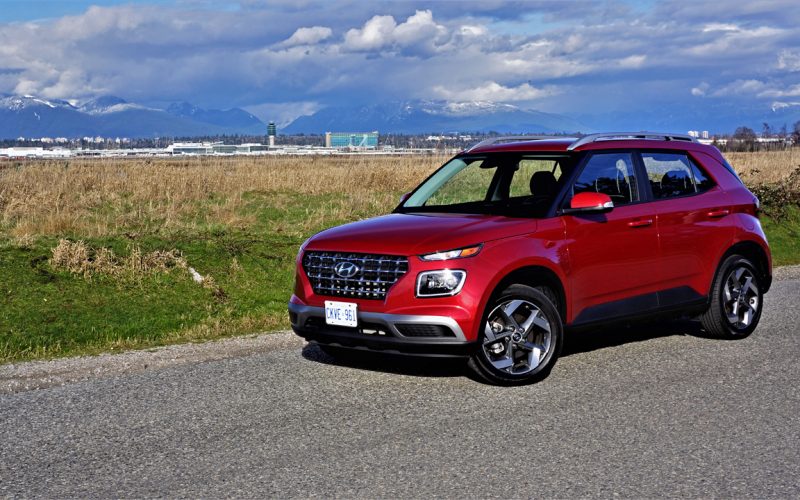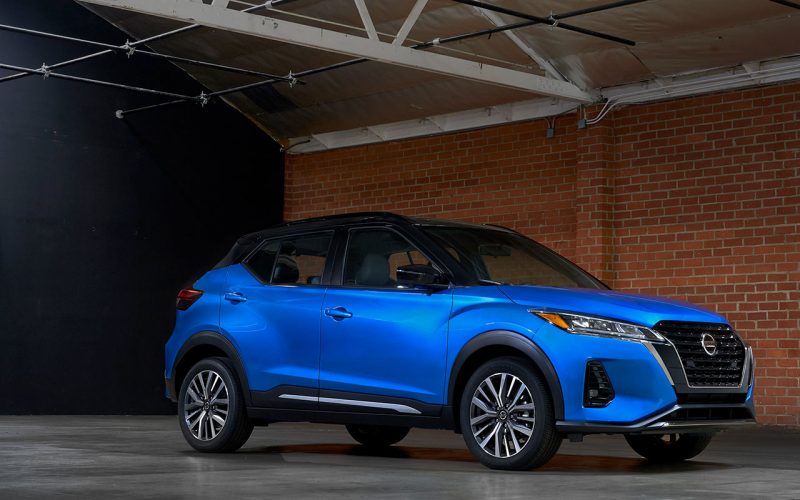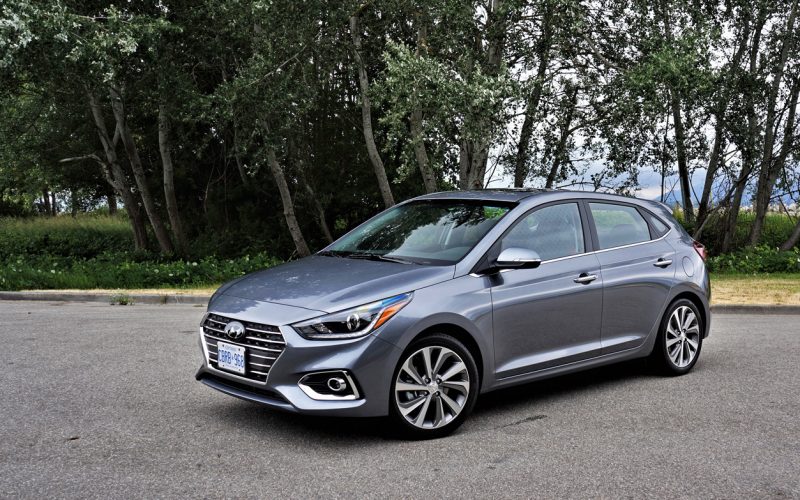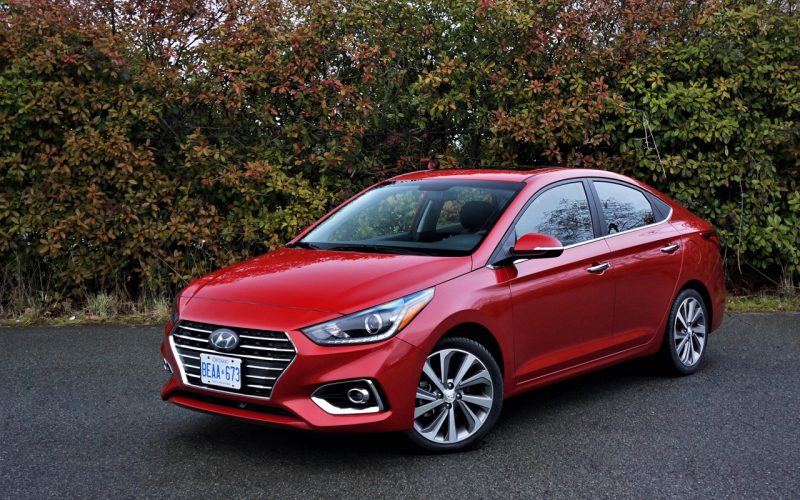
If you want to know where the future lies in the automotive industry, just look where automakers are putting their money. Obviously, major investment is going into electric and other

Remember the Micra? How about the Versa Note? Both were subcompact hatchbacks from Nissan, and both were discontinued from our market in 2019, at least partially due to our collective

Hyundai’s popular Accent hasn’t changed all that much since generation-five was introduced for the 2018 model year. Still, the adoption of a new brand-wide trim level naming convention for the

Well you’ve gone and done it now Canada. You lost your love for the Hyundai Accent Sedan and now its gone. It could be worse. Our American friends felt similarly